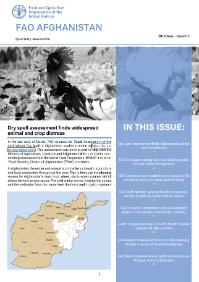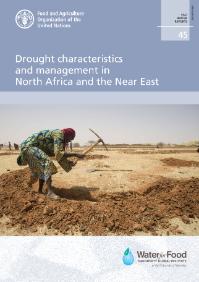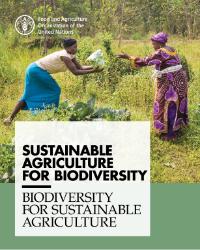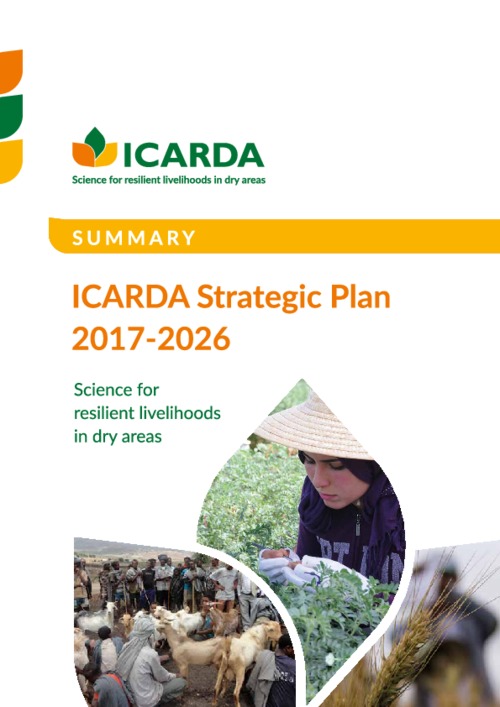This newsletter, Volume 13, highlights the most interesting accomplishments of FAO Afghanistan for the months of April - June 2018. Stories included cover the topics of: the recent dryspell assessment undertaken by FAO in cooperation with FSAC partners; FAO partnering with PMS/Japan to open new…
In developed and developing countries all over the world, farmers and indigenous and local communities have traditional knowledge, expertise, skills and practices related to food security and to food and agricultural production and diversity. Since its creation in 1945, FAO has recognized the…
Widespread heat waves, floods, and droughts last year were a strong reminder of the threats posed by climate change. In the non-tropical dry areas where ICARDA works we are becoming accustomed to record high temperatures and increasing water scarcity year on year. Resilience and climate change…
The report assesses the occurrence and impacts of drought, the current policies underlying drought management as well as the mitigation measures and responses adopted in the Near East and North Africa region, with a focus on the Agriculture Sector. It is the third of a series of similar studies…
The Technical Guide on Pastoralism builds on a number of initiatives and studies from recent years that have shone a light on pastoral governance and land tenure: on the inherent challenges pastoralists face, the shortcomings of governments in securing pastoral tenure, and the emerging examples…
This brochure presents FAO’s work on mainstreaming biodiversity as a cross-cutting theme in the agriculture, fisheries and forestry sectors. It provides examples of on-the-ground activities and highlights relevant international mechanisms. It shows how biodiversity and ecosystems benefit people…
The FAO Technical Workshop on “Best-practices for the implementation and reporting of SDG indicator 14.4.1 – Percentage of biologically sustainable fish stocks” was held in Rome, Italy, from 21 to 24 November 2017. The purpose of the Workshop was to raise awareness of SDG 14.4.1’s significance…
Non-tropical dry areas cover over 40% of the world’s land surface with a growing population of more than 2.5 billion people. These people grow 44% of the world’s food and keep half of the world’s livestock, yet one in six live in chronic poverty. Dry areas also face major challenges, including…
This document presents the Strategic Plan of the International Center for Agricultural Research in the Dry Areas for the period from 2017 to 2026. ICARDA’s mission is to enhance food, water, and nutritional security and environmental health in the face of global challenges, including climate…
To help break the cycle of poverty, improve food and nutritional security, halt or reverse the alarming process of resource degradation in the dry areas, and help communities adapt to the impacts of climate variability and change, ICARDA’s Strategic Plan 2017-2026 outlines our research and…
This study was carried out to assess the land suitability for rainfed faba bean (Vicia faba L.) cultivation in Gonbad-Kavous region (Golestan province, north of Iran) using geographic information system (GIS) and analytical hierarchy process (AHP), the most common methods for evaluation of land…
Desertification is one of the main environmental and also social and economic problems facing Iran. Seventeen out of 31 Iranian provinces, which are home to approximately 70% of the total population, are affected by desertification. This study aimed to use geographic information system (GIS) and…











